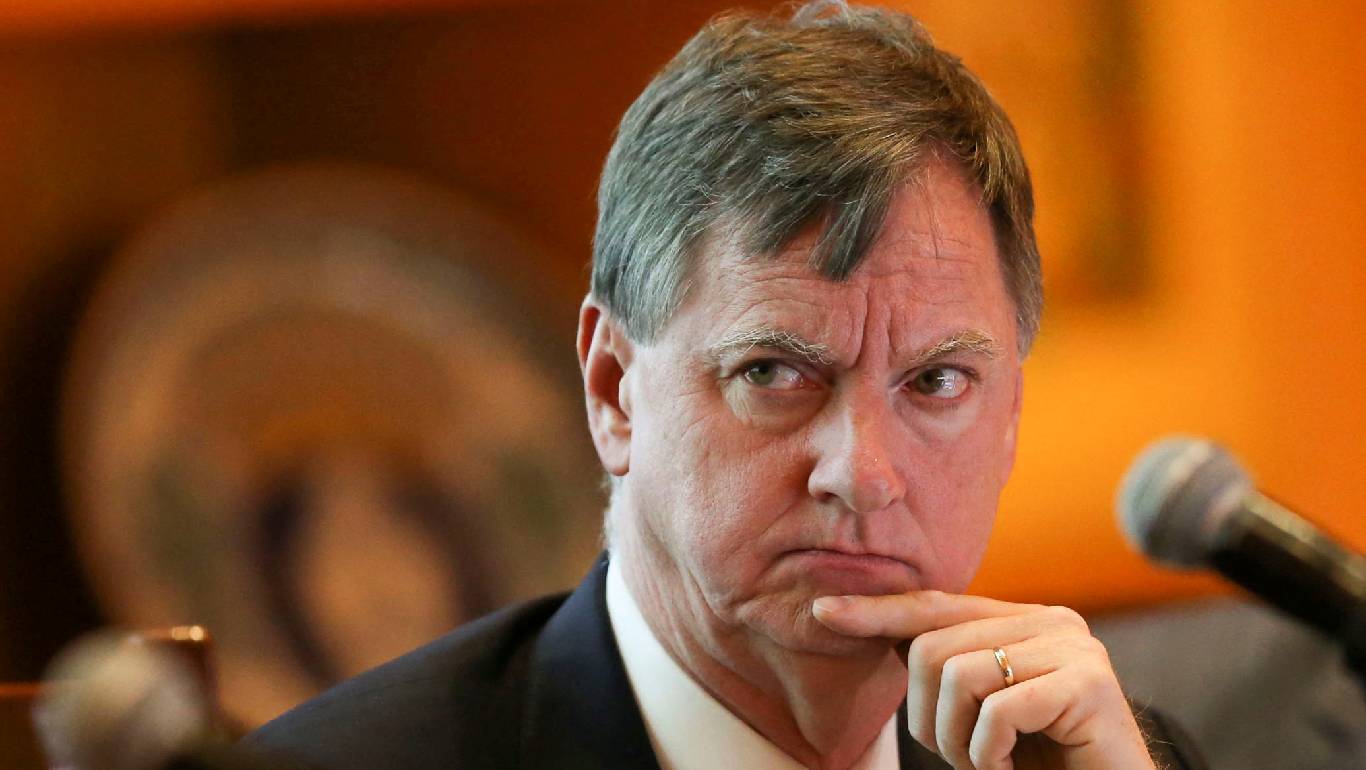




Policy Rate Updates: Double cut finale
 DOWNLOAD
DOWNLOAD

Monthly Economic Update: One for the road
 DOWNLOAD
DOWNLOAD

Inflation Update: Still low, still slow
 DOWNLOAD
DOWNLOAD


Fed’s Evans backs ‘front-loaded’ rate hikes, then measured pace

By Dan Burns
May 17 (Reuters) – Chicago Federal Reserve Bank President Charles Evans on Tuesday said he supports an initial burst of monetary policy tightening, and then a more “measured” pace of rate hikes to allow time to assess inflation and the impact of higher borrowing costs on the job market.
“I think front-loading is important to speed up the necessary tightening of financial conditions, as well as for demonstrating our commitment to restrain inflation, thus helping to keep inflationary expectations in check,” Evans said in remarks prepared for delivery to Money Marketeers of New York University.
Inflation, running at more than three times the Fed’s 2% target, is “much too high,” Evans said, and the Fed should raise its policy rate “expeditiously” to a neutral range of about 2.25%-2.5%.
Fed policymakers have begun doing so. They raised rates by a bigger-than-usual half-of-a-percentage point earlier this month, to a range of 0.75%-1%, and Fed Chair Jerome Powell signaled at least two more such rate hikes to come. The Fed also plans to start trimming its $9 trillion balance sheet next month.
But Evans’ preference for transitioning to a more “measured pace” – a phrase that in the past has meant quarter-point rate hikes — sounded a bit more dovish than Fed Chair Jerome Powell, who spoke earlier in the day.
The central bank, Powell told the Wall Street Journal on Tuesday, will keep “pushing” on rate hikes until it sees inflation move down in a “clear and convincing way” and will not hesitate to move more aggressively it that does not happen. nL2N2X9228
Evans said that slowing the pace of rate hikes after an initial front-loading would give the Fed time to check if supply chain kinks ease, and to evaluate inflation dynamics and the impact of higher borrowing costs on what called a “downright tight” labor market.
Unemployment is at 3.6% and job openings are at a record high.
“If we need to, we will be well positioned to respond more aggressively if inflation conditions do not improve sufficiently or, alternatively, to scale back planned adjustments if economic conditions soften in a way that threatens our employment mandate,” Evans said.
With inflation pressures as broad and strong as they are, he said, interest rates may need to rise “somewhat” above neutral to bring down inflation.
Traders are betting on that, with prices in futures contracts tied to the Fed’s policy rate reflecting expectations for an end-of-year policy rate range of 2.75%-3%.
But in Evans’ view that doesn’t mean the Fed will end up triggering a recession, as critics including several former U.S. central bankers have recently warned. nL2N2WX21P
“Given the current strength in aggregate demand, strong demand for workers, and the supply-side improvements that I expect to be coming, I believe a modestly restrictive stance will still be consistent with a growing economy,” Evans said.
(Writing by Ann Saphir; Editing by Sandra Maler)
This article originally appeared on reuters.com





 By Reuters
By Reuters